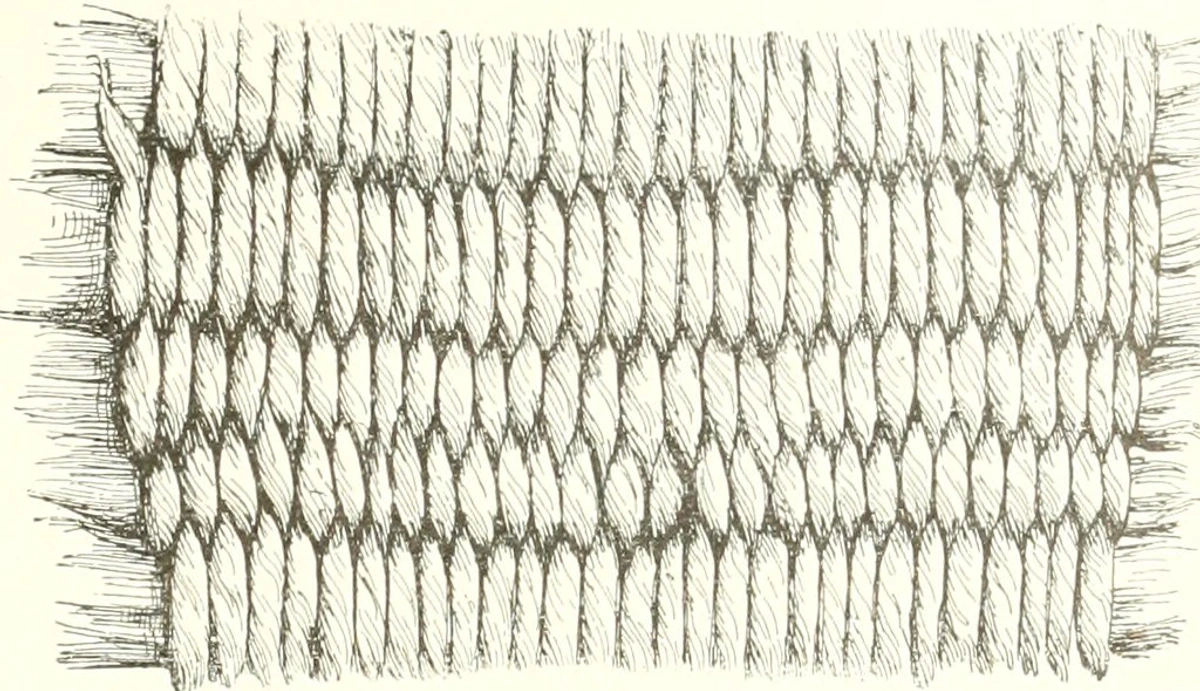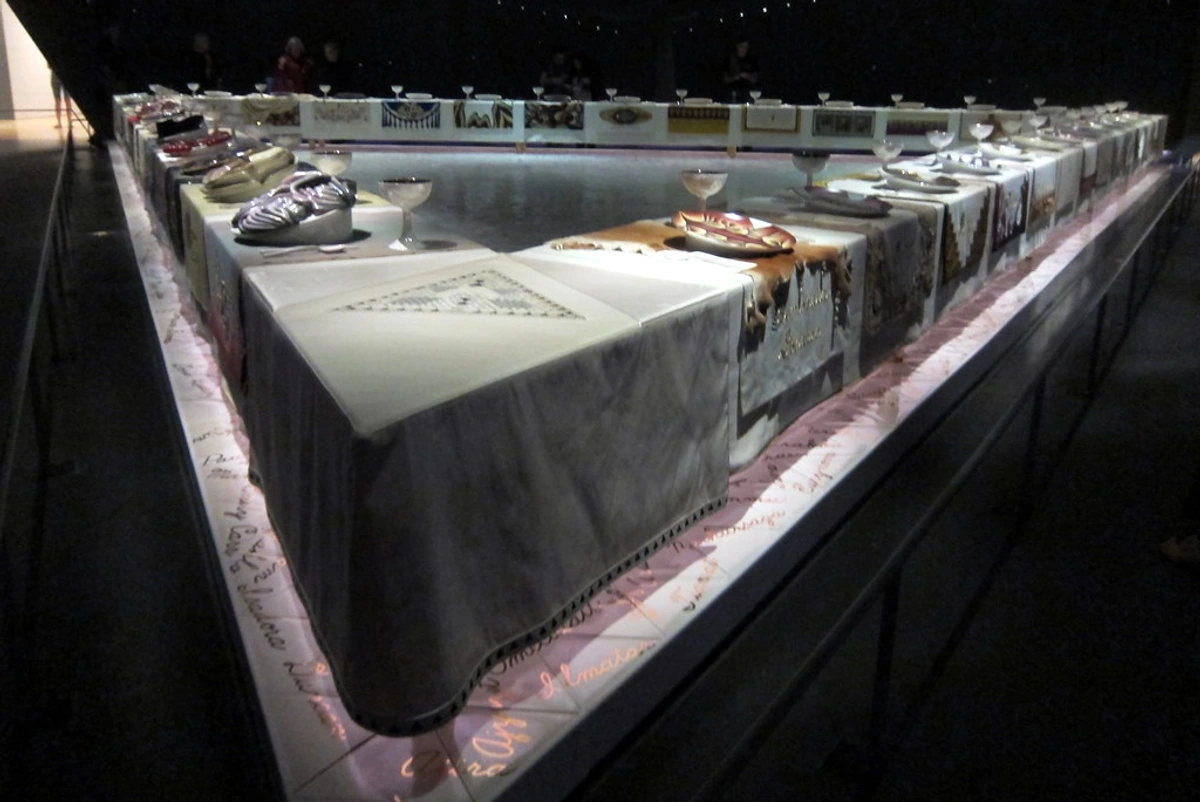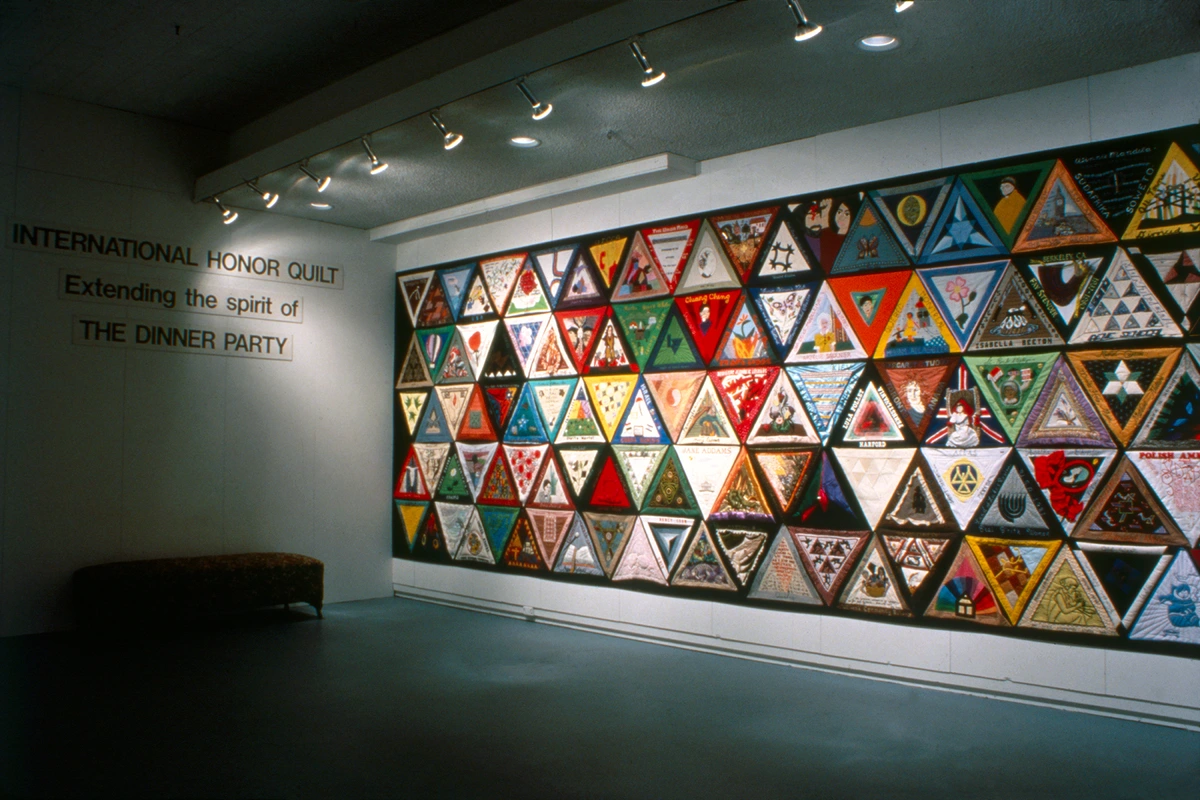
A Deep Dive into the History of Textile Art: Weaving the Narrative of Humanity
Unravel the fascinating history of textile art, from ancient crafts to contemporary fiber movements. Explore its evolution, techniques, and profound cultural impact. Discover why threads weave deeper stories than you think.
A Deep Dive into the History of Textile Art: Weaving the Narrative of Humanity
Watching a skilled weaver or embroiderer at work, I'm always struck by the almost magical transformation of simple threads into something breathtaking. It’s a process that feels both deeply meditative and profoundly generative. Textile art, often relegated to the realm of 'craft' rather than 'fine art,' holds an incredible, unbroken lineage that stretches back to the dawn of humanity. As a curator, I find myself constantly drawn to its story—a story that is, in essence, the story of human civilization itself. What we wear, what we live with, what we celebrate, and what we mourn have all, at various points, been expressed through textiles. Join me as we pull on a thread and unravel the rich, complex, and utterly captivating history of this ancient yet ever-evolving art form.
Threads of Time: The Earliest Beginnings
Imagine our earliest ancestors. Survival was paramount, and textiles, in their most rudimentary forms, were fundamental to that survival. From rudimentary nettle fibers twisted into cordage 40,000 years ago to the sophisticated linen wraps found in ancient Egyptian tombs, textiles were born out of necessity: warmth, shelter, carrying, and binding. But even then, utility quickly merged with a nascent aesthetic.
Necessity and Ingenuity
The ability to manipulate fibers—whether from plants or animals—into something cohesive was a monumental leap for humankind. Early techniques like felting (compressing fibers) and plaiting (interlacing strands) predated true weaving. The first woven fabrics likely emerged from basketry, with early looms being simple backstrap or warp-weighted devices. These weren't just practical items; they were imbued with cultural significance, representing status, ritual, and identity. The intricate patterns weren't mere decoration; they often carried meaning, telling stories, depicting deities, or marking tribal affiliations. The Egyptians, for example, were masters of linen, producing remarkably fine fabrics that served not only as clothing but also as burial shrouds, intended to protect and honor the deceased on their journey to the afterlife. It's a testament to the enduring quality of these materials that we can still admire fragments thousands of years later.

https://live.staticflickr.com/287/18250393699_15c3d34190_b.jpg, https://creativecommons.org/publicdomain/zero/1.0/
To truly appreciate the scale of early textile innovation, consider this timeline of some pivotal moments:
Era/Civilization | Key Textile Innovations | Significance |
|---|---|---|
| Paleolithic | Cordage, Netting, Basketry | Basic survival, carrying, hunting |
| Neolithic | First Woven Fabrics, Loom Development | Clothing, shelter, early domestic textiles |
| Ancient Egypt | Fine Linen Production, Pleating | Ritual use, luxury goods, mummification |
| Ancient Peru | Complex Tapestries (e.g., Paracas) | Religious, social status, narrative art |
| Ancient China | Silk Cultivation, Embroidery | Trade, diplomacy, imperial power |
These early developments laid the groundwork for everything that followed, demonstrating a constant interplay between function and artistic expression.
A Tapestry of Empires: Classical to Medieval Eras
As empires rose and fell, so too did the sophistication and reach of textile arts. Trade routes, like the legendary Silk Road, weren't just conduits for goods; they were arteries for ideas, techniques, and aesthetic sensibilities, weaving cultures together long before globalization was even a concept.
Roman Luxury and Byzantine Grandeur
The Romans, known for their engineering prowess, also appreciated fine textiles. They imported silks from the East and produced elaborate woolen and linen fabrics. But it was the Byzantine Empire, at the crossroads of East and West, that truly elevated textile art to new heights of splendor. Their silks, often woven with gold and silver threads, depicted emperors, religious scenes, and mythical creatures, serving as symbols of imperial and ecclesiastical power. These were not mere decorations; they were statements of authority and devotion.
Medieval Mastery: Tapestries and Symbolism
Moving into the European Middle Ages, textiles continued to play a central role, not just in daily life but also in chronicling history and myth. Tapestries, in particular, emerged as monumental forms of storytelling and artistic expression. Think of the Bayeux Tapestry, a 70-meter-long embroidered cloth depicting the Norman Conquest. It's an incredible historical document and an artistic feat, a testament to collective effort and narrative power. Churches and castles were adorned with tapestries, providing warmth, decoration, and visual instruction for a largely illiterate population. These weren't paintings; they were woven narratives, each stitch a brushstroke in a grand, textile epic.
The Renaissance to the Rococo: Art and Industry Intertwined
The Renaissance brought a renewed focus on naturalism and humanism in art, but textiles continued their dual role as both functional objects and high art. This period saw a flourishing of intricate patterns and rich materials, reflecting newfound wealth and evolving tastes.
Renaissance Craftsmanship
While painters like Vermeer captured the subtle interplay of light on fabrics, the creation of those fabrics themselves remained a highly skilled craft. Johannes Vermeer, in particular, was a master at depicting textiles with an almost hyper-realistic detail, such as the exquisite lace in his famous painting, 'The Lacemaker.' This period saw advancements in weaving technology and dyeing techniques, leading to more vibrant colors and complex patterns in brocades, velvets, and damasks. These were often commissioned by nobility and the burgeoning merchant class, eager to display their status.
Baroque and Rococo Opulence
As we moved into the Baroque and Rococo eras, the desire for grandeur and elaborate decoration reached its zenith. If you've ever explored the history of Rococo art, you'll know that exuberance was key. Textiles became central to interior design and fashion, with intricate floral motifs, pastels, and shimmering surfaces dominating. Imagine the elaborate gowns and the richly upholstered furniture—it was a world woven in luxury, where every surface became a canvas for textile artistry.

https://upload.wikimedia.org/wikipedia/commons/6/61/Johannes_vermeer%2C_la_merlettaia_%28dentelli%C3%A8re%29%2C_1669-70_ca._01.jpg, https://creativecommons.org/licenses/by/3.0
Industrial Revolution to Modernism: From Craft to Fine Art
The 18th and 19th centuries brought seismic shifts. The Industrial Revolution mechanized textile production, making fabrics cheaper and more accessible but also devaluing traditional handcrafts. This wasn't just an economic change; it sparked profound artistic and philosophical reactions.
The Machine Age and the Arts and Crafts Response
The advent of power looms and mechanical spinning dramatically transformed the textile industry. Suddenly, cloth could be mass-produced, leading to a decline in artisan workshops. In response, movements like the Arts and Crafts Movement in the late 19th century championed the return to handmade goods, emphasizing quality, craftsmanship, and the artistic value of textiles. Figures like William Morris revived traditional dyeing and weaving techniques, pushing back against the perceived soullessness of factory production. This period highlighted a recurring tension: the industrial scalability of textiles versus their intrinsic artistic value as handcrafted objects.
Weaving Modern Narratives: Early 20th Century Innovations
The early 20th century saw textile art grapple with modernism. Artists at the Bauhaus, for instance, experimented with abstract patterns and new materials, integrating textile design with architecture and industrial design. Meanwhile, indigenous textile traditions around the world, from African Kuba cloths to Japanese boro, began to be recognized for their sophisticated aesthetic and cultural depth, influencing Western artists and designers.
The table below outlines how these forces shaped the textile landscape:
Aspect | Before Industrialization | After Industrialization | Impact on Art |
|---|---|---|---|
| Production | Handcrafted, small scale | Machine-made, mass scale | Rise of Arts & Crafts, focus on unique artist expression |
| Cost | High, luxury item | Lower, accessible to all | Democratization of fashion, but devaluation of craft |
| Design | Traditional, regional styles | Standardized, global influence | Experimentation with abstract and functional designs |
| Art Status | High craft, functional art | Often relegated to 'craft' | Re-evaluation and re-assertion of textile as fine art |
Contemporary Textile Art: Beyond the Loom
If we fast forward to today, the landscape of textile art is vibrant, diverse, and unapologetically bold. The past few decades have witnessed a powerful resurgence, with fiber art breaking free from its traditional confines and staking its claim firmly in the contemporary art world.
The Rise of Fiber Art
The 1960s and 70s were a pivotal time, marked by a growing interest in pushing the boundaries of what fiber could do. Artists began to explore textiles not just as flat surfaces but as three-dimensional sculptures, installations, and performative elements. This movement, often termed Fiber Art, emphasized the material qualities of thread, yarn, and fabric themselves, celebrating texture, drape, and form. If you're curious about this exciting space, I highly recommend exploring a Q&A with a textile artist exploring fiber art in contemporary practice. It offers a fantastic perspective on how artists are working with these materials today.
Social Commentary and Feminist Expressions
Perhaps one of the most significant evolutions in modern textile art has been its embrace of social and political commentary. Because textiles are so intimately tied to domesticity, women's work, and cultural identity, they became a powerful medium for feminist artists. The most iconic example, of course, is Judy Chicago's monumental 'The Dinner Party,' which used elaborate embroidery and ceramic to honor forgotten women of history. This wasn't just art; it was a statement, a reclamation, a defiant use of 'women's work' to rewrite historical narratives.

https://live.staticflickr.com/1465/24944053311_c7d418f715_b.jpg, https://creativecommons.org/licenses/by-nc-nd/2.0/
And the conversation didn't stop there. Inspired by works like 'The Dinner Party,' the International Honor Quilt project followed, inviting people from around the world to create individual quilt blocks honoring women. It became a powerful, collaborative textile art installation, demonstrating the medium's capacity for collective voice and memory.

https://upload.wikimedia.org/wikipedia/commons/a/ab/The_international_honor_quilt.jpg, https://creativecommons.org/licenses/by-sa/4.0
The Future of Threads: Innovation and Reinterpretation
Where is textile art headed? Everywhere, it seems! From smart textiles that incorporate technology to biodegradable fabrics and recycled materials, the field is ripe with innovation. Artists are pushing boundaries, exploring digital weaving, laser cutting, and mixing fibers with unexpected elements. Yet, at its core, the allure remains the same: the tactile quality, the connection to human hands, and the enduring power of a story told through thread. This ancient art form continues to be a vibrant medium for expressing identity, challenging norms, and connecting us to a shared human history.
FAQ: Your Textile Art Curiosities Answered
Q1: What is the difference between textile art and craft?
A1: This is a debate as old as art itself! Traditionally, craft refers to functional objects made with skill, while art is purely aesthetic. However, in modern contexts, the lines are beautifully blurred. Textile art often takes traditional craft techniques (like weaving, embroidery, quilting) and elevates them to conceptual or purely expressive forms, challenging their functional roots to make a statement or evoke emotion. Many contemporary textile artists view their work as both craft and art, celebrating the skill while pushing the conceptual boundaries.
Q2: Are tapestries considered fine art?
A2: Absolutely! Historically, tapestries were among the most prestigious and expensive art forms, commissioned by royalty and the church. They required immense skill, time, and resources. While their status waxed and waned, modern art history firmly recognizes tapestries as fine art, especially given their scale, narrative complexity, and the artistic talent involved in their design and creation.
Q3: How has technology impacted textile art?
A3: Hugely! While the Industrial Revolution initially devalued handcrafts, modern technology offers new possibilities. Digital looms allow for incredibly complex patterns, laser cutters enable intricate fabric manipulation, and artists can now incorporate lights, sensors, and other electronic components into




